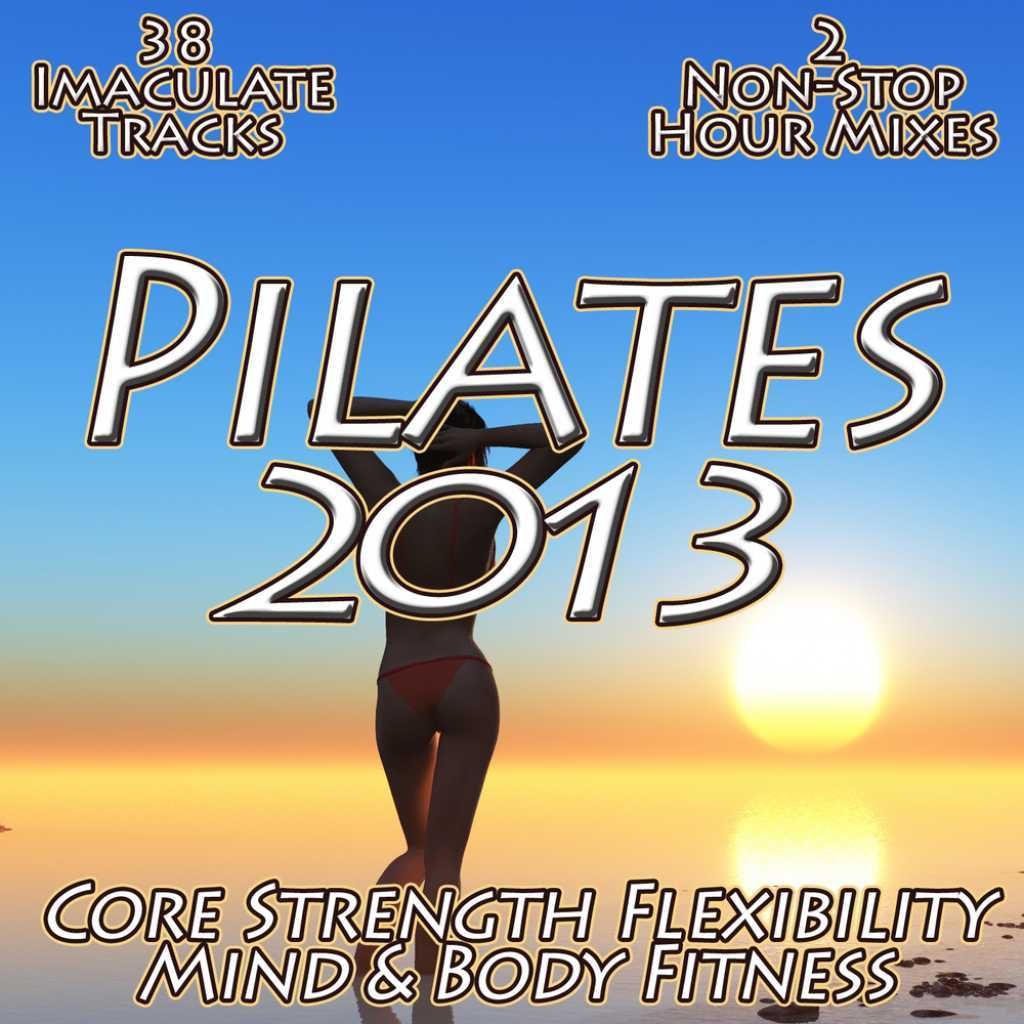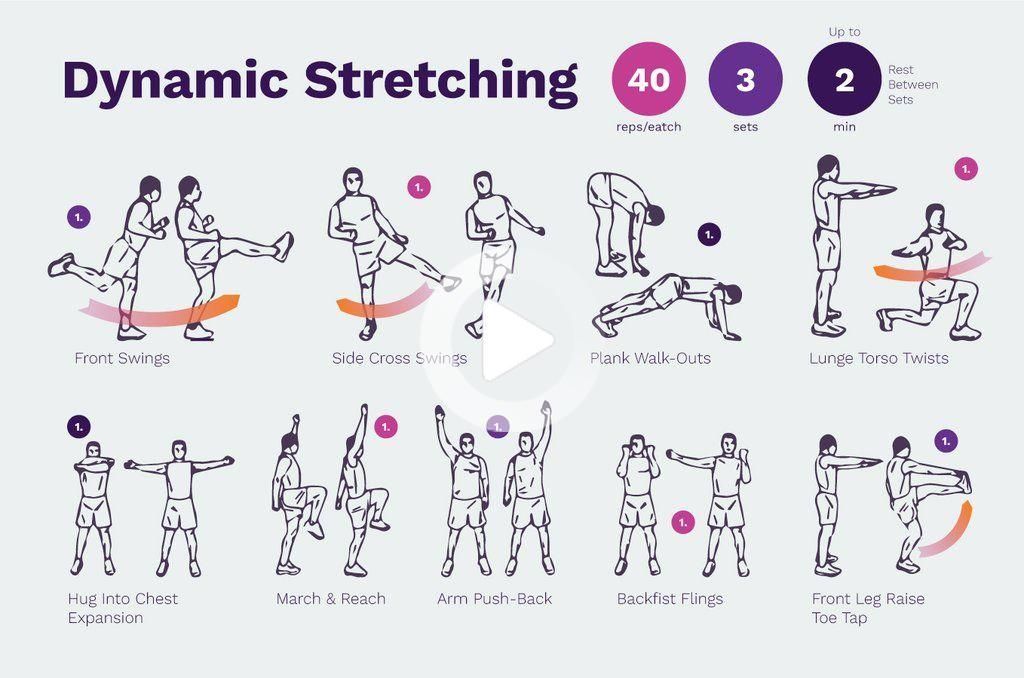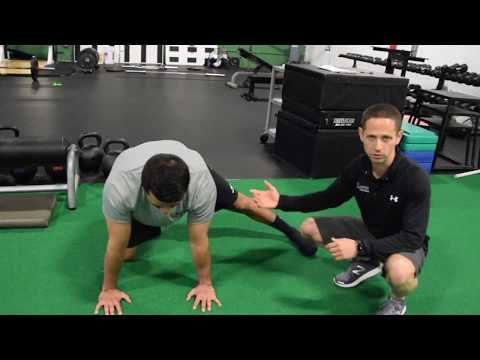Pilates for Core Strength and Flexibility
Pilates is a popular exercise method that focuses on core strength, flexibility, and overall body conditioning. Developed by Joseph Pilates in the early 20th century, it has gained widespread recognition for its ability to improve posture, increase strength, and enhance flexibility.
The Core: The Foundation of Pilates
At the core of Pilates lies the belief that a strong core is the key to a healthy and balanced body. The core, which consists of the deep abdominal muscles, back muscles, and pelvic floor muscles, plays a crucial role in maintaining stability, balance, and overall body control.
Pilates exercises are designed to activate and strengthen the core muscles, thus improving posture, preventing injuries, and enhancing overall body functionality. By targeting the core, Pilates helps to create a solid foundation for all movements and activities in daily life.
Building Core Strength
Pilates offers a wide range of exercises that target the core muscles. These exercises often involve slow and controlled movements that require proper alignment and engagement of the muscles. Some core-strengthening Pilates exercises include:
1. The Hundred
2. Roll Up
3. Plank
4. Side Plank
5. Pilates Bridge
Performing these exercises regularly can gradually enhance core strength, leading to improved stability, better body control, and reduced risk of injuries.
Enhancing Flexibility
In addition to core strength, Pilates focuses greatly on flexibility. Through a series of stretching and lengthening exercises, Pilates helps to elongate muscles, increase joint mobility, and improve overall flexibility.
Flexibility is essential for maintaining proper alignment and range of motion in daily activities. Pilates exercises that promote flexibility include:
1. The Swan
2. Spine Stretch Forward
3. Saw
4. Mermaid
5. Open Leg Rocker
Regular practice of these exercises can lead to increased flexibility, reduced muscle tension, and improved overall body suppleness.
Benefits of Pilates
Pilates offers numerous benefits for individuals of all fitness levels and ages. Some of the key benefits include:
1. Improved core strength and stability
2. Enhanced flexibility and joint mobility
3. Increased body awareness and control
4. Improved posture and alignment
5. Reduced risk of injuries
6. Stress relief and improved mental well-being
7. Better balance and coordination
8. Increased muscle tone and overall body strength
Pilates is suitable for people of various fitness backgrounds, as exercises can be modified to accommodate individual needs and abilities. It can be practiced on a mat or with specialized equipment, such as the reformer or the Cadillac.
Incorporating Pilates into Your Routine
If you are interested in incorporating Pilates into your fitness routine, consider the following tips:
1. Find a certified Pilates instructor who can guide you through proper techniques and modifications based on your fitness level and goals.
2. Start with beginner-level classes or private sessions to build a solid foundation and understanding of the basic principles of Pilates.
3. Consistency is key. Regularly practice Pilates to experience its full benefits.
4. Listen to your body and progress at your own pace. Pilates is meant to be challenging but should never cause pain or discomfort.
5. Combine Pilates with other forms of exercise, such as cardiovascular activities or strength training, to create a well-rounded fitness routine.
In conclusion, Pilates is a highly effective exercise method for developing core strength and increasing flexibility. With its emphasis on proper alignment, controlled movements, and muscle engagement, Pilates offers a multitude of benefits for individuals of all fitness levels. Incorporating Pilates into your routine can lead to improved posture, stability, flexibility, and overall body functionality. So why not give it a try and embark on a journey towards a stronger and more flexible you!


